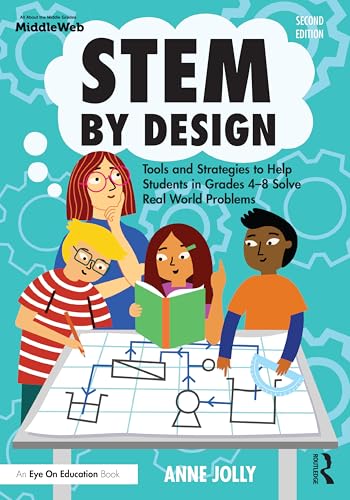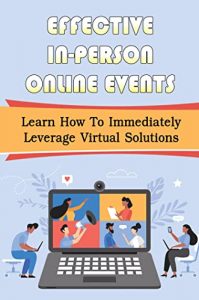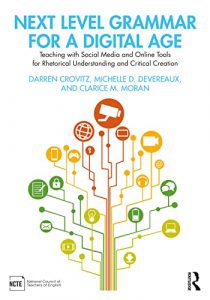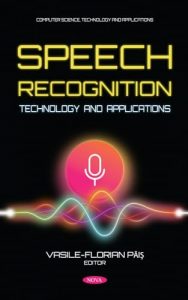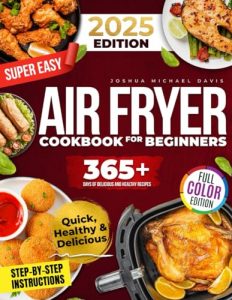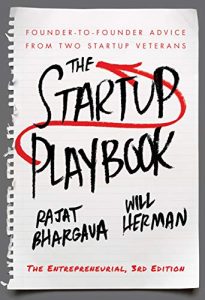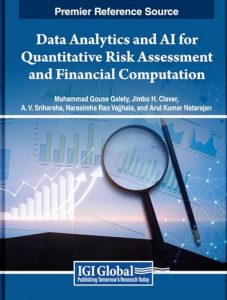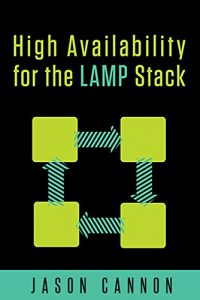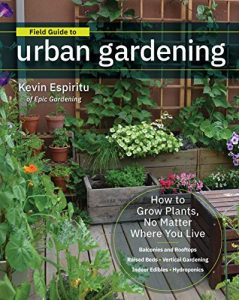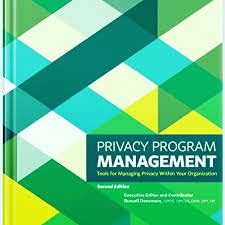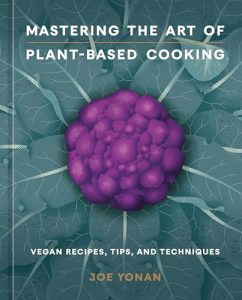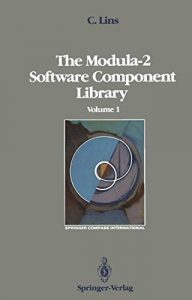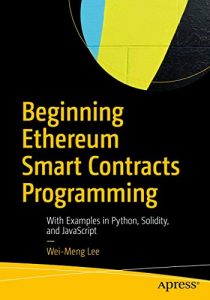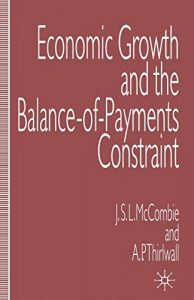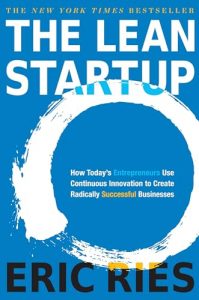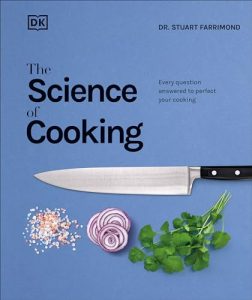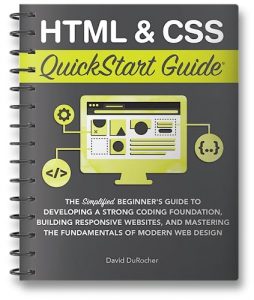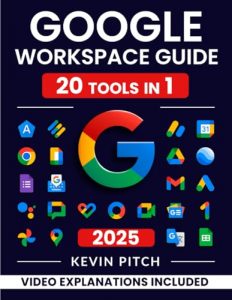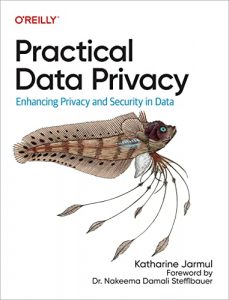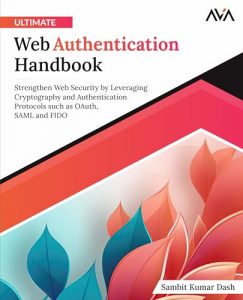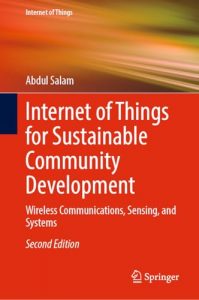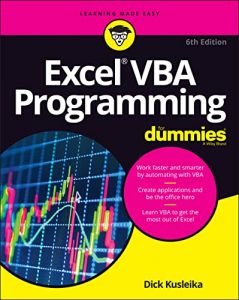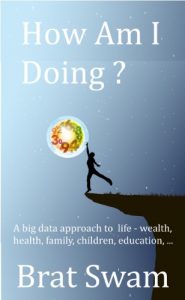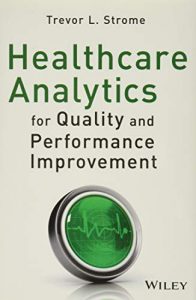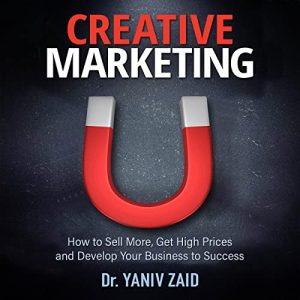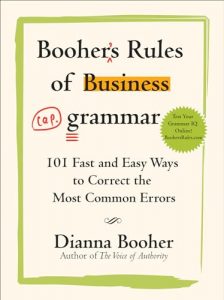1. STEM by Design
Written by Anne Jolly, “STEM by Design” is a unique guide that empowers educators to integrate STEM education in classrooms effectively. This book combines innovative teaching strategies with practical examples, making it a vital resource for teachers aiming to foster creativity and critical thinking in their students. It emphasizes hands-on learning experiences that engage students in real-world problem-solving, encouraging them to think like engineers and scientists. Perfect for those looking to enhance their STEM curriculum, this book will inspire educators to create an exciting learning environment.
2. Active Minds Sight Words Magnets
This interactive resource, edited by Sequoia Children’s Publishing, provides a fun and engaging way for young learners to build essential language skills needed for reading. Perfect for ages 5 and up, the magnets allow kids to explore sight words at their own pace, reinforcing their vocabulary in a dynamic manner. By incorporating play into learning, this resource not only helps children grasp foundational reading skills but also makes the process enjoyable, setting them up for future academic success.
3. Math Fact Fluency
Authored by Jennifer Bay-Williams and Gina Kling, “Math Fact Fluency” features over 60 engaging games and assessment tools designed to support students in mastering essential math facts. This comprehensive guide emphasizes retention and fluency through interactive learning methods, making it suitable for both teachers and parents. With a focus on fostering a positive attitude toward math, the strategies shared in this book can dramatically improve students’ performance, making math both accessible and enjoyable.
4. STEM Experiment Notebook
The “STEM Experiment Notebook” by Authors Tools Publishing is designed to be the perfect companion for students embarking on their scientific inquiries. This notebook serves as a space for students to document their processes, findings, and reflections on their experiments. By encouraging students to maintain a log of their problem-solving ideas and results, it helps reinforce the scientific method and nurtures an analytical mindset – essential skills in STEM fields. This resource is invaluable for fostering curiosity and encouraging deeper learning.
5. Math Tools, Grades 3–12
In “Math Tools” by Harvey F. Silver et al., educators are provided with over 60 innovative methods to make mathematics more engaging for students in grades 3-12. This book is a treasure trove of strategies to differentiate instruction and create a mathematic culture in the classroom. With a plethora of ideas aimed at increasing student engagement and motivation, it’s an essential resource for teachers eager to ignite a passion for math in their students. Highly recommended for all educators looking to maximize learning outcomes!
6. Reading and Writing in Science
Maria C. Grant, Douglas Fisher, and Diane Lapp have penned “Reading and Writing in Science,” a pivotal resource that integrates literacy skills within the context of scientific education. This book provides effective tools to help students not only learn content but also develop critical thinking through reading and writing. By addressing disciplinary literacy, the authors guide educators on how to nurture students’ skills to analyze and communicate complex scientific ideas, ultimately preparing them for more advanced studies.
7. Basher STEM Junior: Engineering
For younger readers, “Basher STEM Junior: Engineering” authored by Jonathan O’Callaghan and Simon Basher introduces complex engineering concepts in an entertaining and accessible manner. Illustrated with vibrant visuals, this book captivates children and simplifies important engineering principles, making it an ideal starting point for budding engineers. It encourages exploration and curiosity about the world of engineering, helping children understand how their everyday experiences are influenced by engineering innovations.
8. STEM Lesson Essentials
“STEM Lesson Essentials” by Jo Anne Vasquez and colleagues is a must-read eBook for teachers looking to integrate STEM effectively into their instruction for grades 3-8. This resource offers valuable frameworks and examples that inspire educators to implement engaging lessons combining science, technology, engineering, and math. By equipping teachers with practical tools, it aims to foster an interconnected understanding of these subjects in students, preparing them for future careers in STEM fields.
9. Making Makers: Kids, Tools, and the Future of Innovation
Authored by AnnMarie Thomas, “Making Makers” delves into the hands-on process of empowering children to become innovators through making. This book provides great insights about the maker movement, equipping educators and parents with the knowledge to guide kids in exploring, creating, and discovering through practical tools and projects. This approach enhances children’s problem-solving skills and creativity, making it a vital read for those wanting to inspire the next generation of innovators.
10. James and the Giant Peach: STEM-Focused Novel Study
In “James and the Giant Peach: STEM-Focused Novel Study” by Research Based Teaching Tools, readers can engage in a unique and comprehensive approach to understanding a classic novel with a modern twist—integrating STEM principles into the study. This guide provides educators with lesson plans and hands-on activities that captivate students while enriching their understanding of both literature and scientific concepts. It’s an exceptional resource for holistic learning in the classroom.

